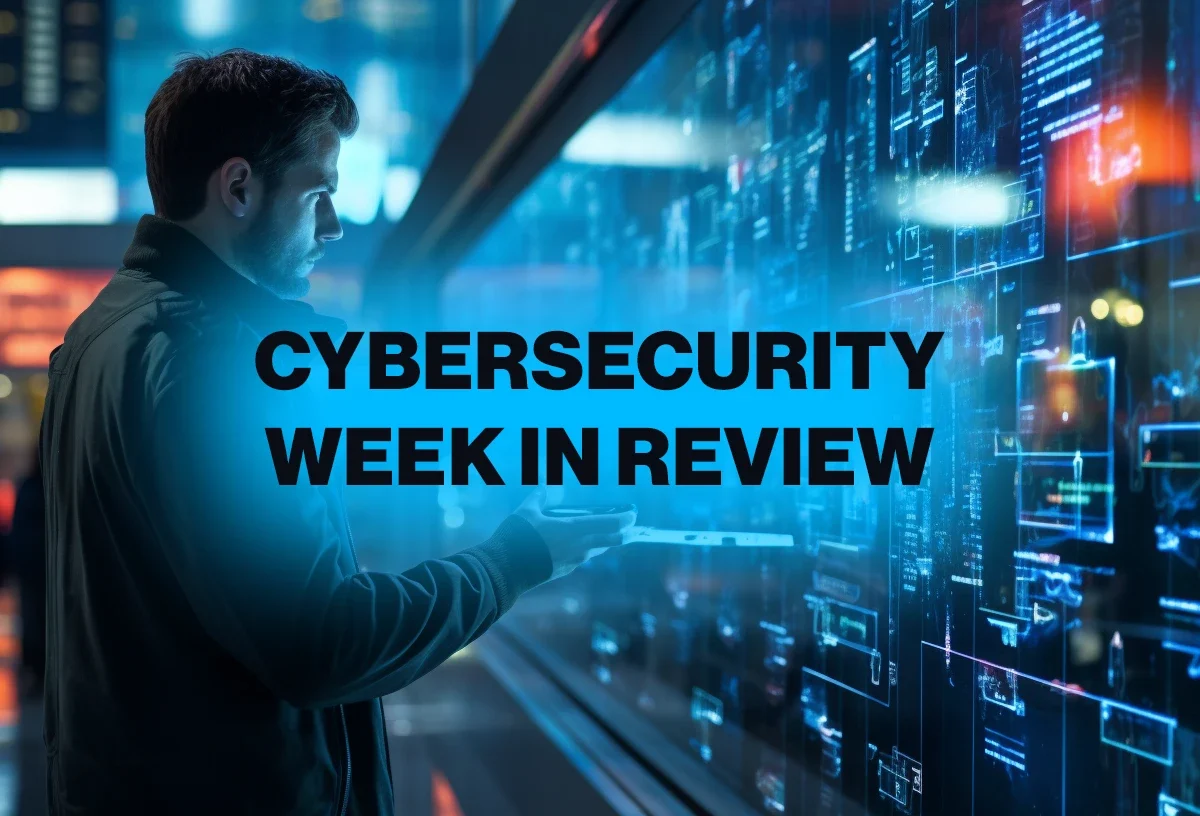A Week in Cybersecurity: Key Highlights and Trends
Last week was a whirlwind in the world of cybersecurity, packed with insightful interviews, groundbreaking research, and emerging threats. Here’s a closer look at some of the most compelling stories that caught our attention.
Cybersecurity in Luxury Logistics
In an enlightening interview with Andrea Succi, Group CISO at Ferrari Group, we gained insight into the increasingly crucial role of cybersecurity in the logistics sector. Succi emphasized that protecting data is as vital as securing physical assets, especially in luxury logistics where trust is paramount. He outlined a layered defense approach that integrates cybersecurity throughout all operations, highlighting the importance of awareness, collaboration, and the ability to quickly adapt to emerging threats.
Touchless Access Control: The Future is Here
Imagine entering a facility where the door unlocks as soon as your hand approaches it, no card or PIN required. Researchers at the Aeronautics Institute of Technology in Brazil propose a novel idea: using Wi-Fi signals to identify individuals through the unique distortion created by their palm. This innovative method could revolutionize access control, making it both touchless and highly secure.
Navigating Cybersecurity Budgets
Funding in cybersecurity is a hot topic as Chris Wheeler, CISO at Resilience, revealed in his interview. Organizations are seeing an uptick in overall spending, yet many feel their budgets do not align with their most pressing needs. Wheeler discussed how he and other CISOs are navigating this landscape by reallocating funds, focusing on measurable returns on investment, and developing strategies that link cybersecurity goals to broader business objectives.
Adapting Cybersecurity for Insurance Carriers
In the realm of insurance, cybersecurity is not just an IT issue; it’s a business imperative. Paul J. Mocarski from Sammons Financial Group shared insights on how insurance carriers must adopt agile strategies that involve ongoing threat assessments and AI-driven automation to stay resilient against cyber threats. Continuous evaluation of third-party risks also plays a crucial role in maintaining cybersecurity readiness.
Addressing Fragmentation in Healthcare Security
Cameron Kracke, CISO at Prime Therapeutics, spotlighted a significant issue in healthcare where systems often fail to communicate with each other. He outlined the pressing need for cohesive security visibility across diverse entities—from hospitals to telehealth services. By fostering interoperability, collaboration, and strategic investments, the healthcare sector can build a more robust security landscape.
The Flaws in Security Strategy
Adnan Ahmed, CISO at Ornua, discussed common pitfalls organizations face when developing their cybersecurity strategies. He emphasized the importance of a risk-informed approach over a purely technology-centered one. By focusing on understanding risks before diving into technical solutions, organizations can embed cybersecurity more effectively within their overall business models, thus fostering resilience.
Trending Vulnerabilities and Attacks
Not all news is positive. Recent reports highlighted vulnerabilities in various platforms, such as the Gladinet Triofox and Samsung mobile devices, with specific CVEs (CVE-2025-12480 and CVE-2025-21042) attracting particular attention. These vulnerabilities underscore the need for stringent patch management and timely remediation efforts, especially given their exploitation potential.
New Legislation in Cybersecurity
The UK government introduced the Cyber Security and Resilience Bill aimed at bolstering protections against cyber threats in critical services. By updating existing regulations, the bill seeks to address vulnerabilities in the nation’s digital infrastructure, reflecting a growing recognition of the need for robust security frameworks.
Combatting Cybercrime: A Law Enforcement Victory
In an encouraging development, a coordinated international law enforcement operation has disrupted the Rhadamanthys infostealer operation. This highlights the ongoing efforts in the global fight against cybercrime, reminding us of the collaborative nature of cybersecurity defense.
Employee-Centric AI Adoption
A Moveworks study revealed that AI adoption is increasingly being driven from the ground up, rather than dictated solely by executive decisions. This shift indicates a growing confidence among employees to leverage AI tools—an aspect that organizations can further harness to drive innovation while also addressing governance concerns.
Trends in AI and Cybersecurity Governance
Research from Los Alamos National Laboratory warns that rapid advancements in AI could outpace current defense systems, necessitating a reevaluation of national security strategies. As organizations incorporate AI into their operations, understanding its implications on security will be critical for maintaining competitive and secure infrastructures.
Addressing the Browser Security Blind Spot
The transition to cloud services and SaaS applications means that employees interact with sensitive data primarily through web browsers, presenting new security risks. The latest findings indicate that many organizations lack robust controls over browser usage, creating vulnerabilities for data loss and identity theft.
Final Thoughts
As the landscape of cybersecurity evolves daily, from legislative changes to technological advancements, staying updated is more critical than ever. Organizations need to ensure they’re prepared to adapt rapidly, employing a mix of innovative solutions and strong collaboration to mitigate risks. With these insights from last week, it’s clear that the conversation in cybersecurity continues to grow richer and more complex.





